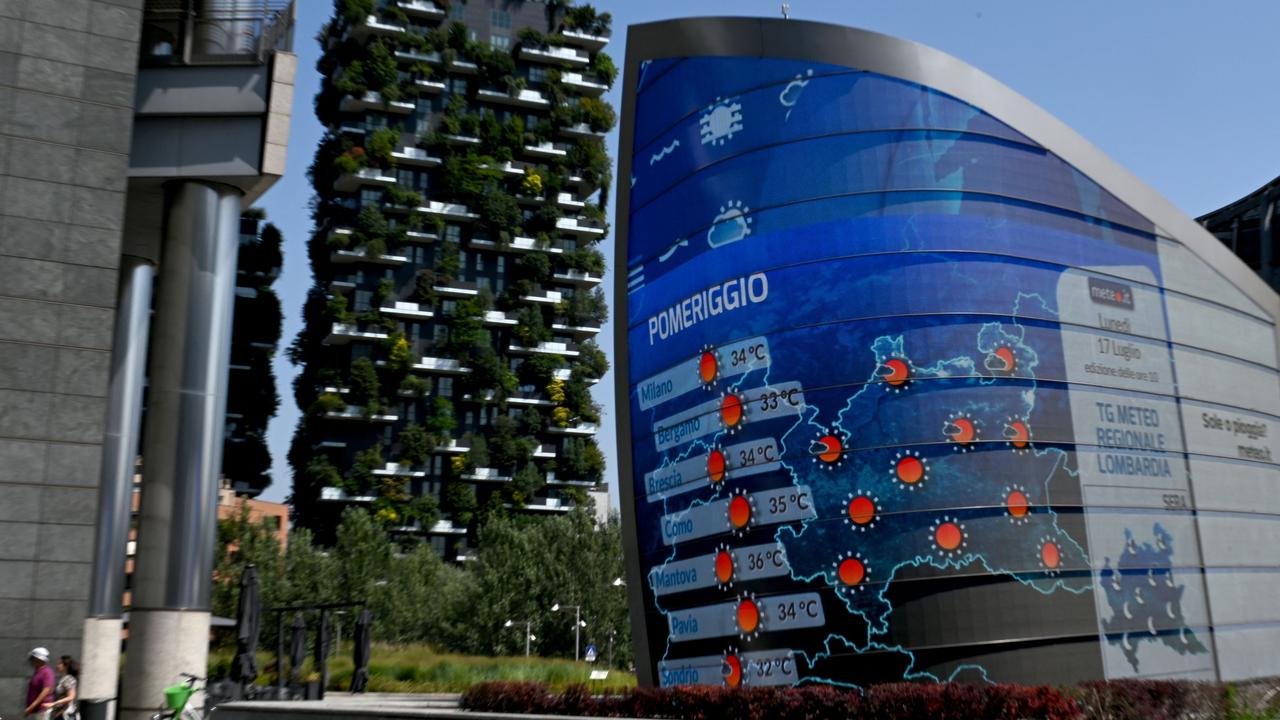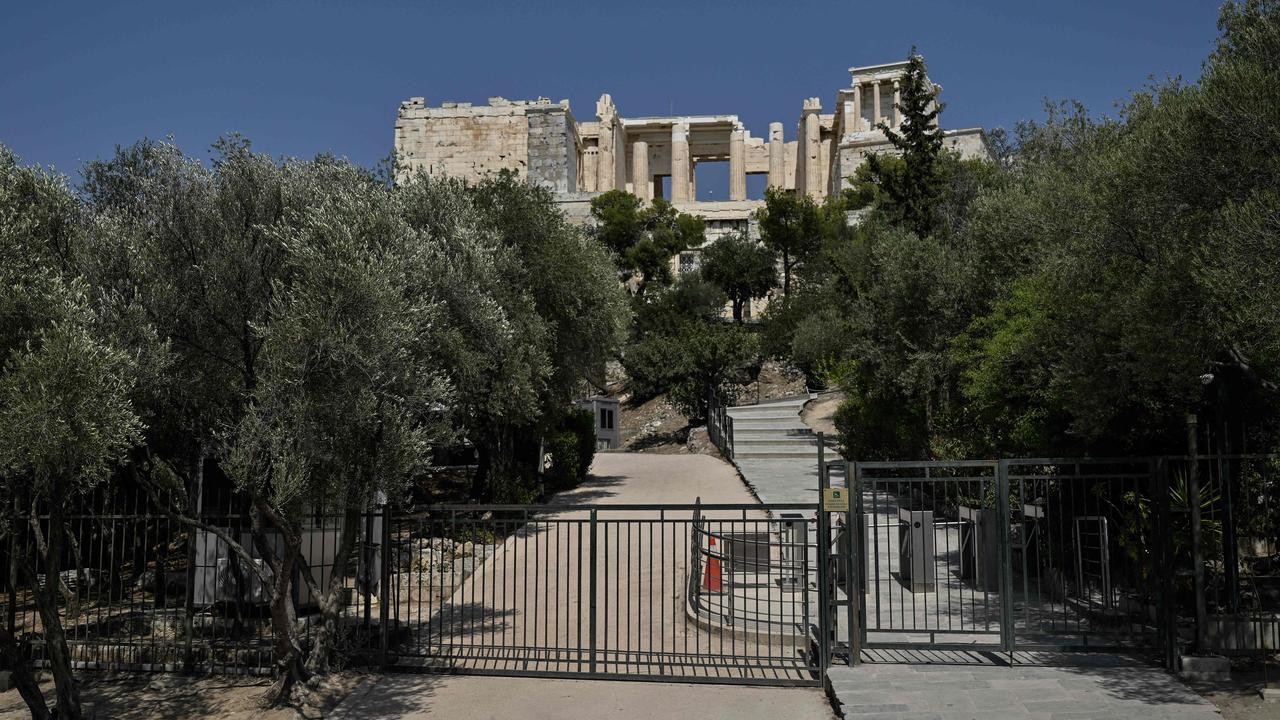Hailstorms and heatwaves: Wild hail river rips through city
A hailstorm has injured over a hundred in northern Italy as an extreme heatwave sweeping Europe brings radical weather polarity.

An extraordinary and destructive hailstorm struck Seregno, a city near Milan in northern Italy, leaving more than a hundred people injured on Thursday.
The hailstorm was so intense that footage captured what appeared to be a “river of hail” flowing through the city streets.
The havoc was part of a severe weather system that swept across northern Italy on Friday, July 21, bringing torrential rain, high winds, and flash flooding to the region.
Venice also experienced its share of the ferocious hailstorm on the previous Wednesday.

Heatwave grips southern Europe
While northern Italy faced the wrath of the hailstorm, Southern Europe continued to bear the brunt of a relentless heatwave. Sicily, in particular, witnessed temperatures soaring to around 45C, causing an overload on the power grid and prompting authorities to warn residents to stay indoors and crank up their air conditioning.

However, this heatwave has come with severe consequences, as hospital admissions increased by 20 per cent, and two Sicilians have already lost their lives due to the extreme temperatures.
Greece faces record-breaking heatwave
Greece found itself in the grips of its hottest July weekend in half a century, with meteorologists warning that the scorching heatwave is expected to persist well into the following week. The government ministries advised people to work from home whenever possible and to limit unnecessary outdoor activities.
To protect both residents and tourists, key tourism sites in Greece were closed during the hottest part of the day.

Panagiotis Giannopoulos, a meteorologist with state broadcaster ERT, stated, “This weekend risks being the hottest registered in July in the past 50 years.” The Greek capital, Athens, was expected to endure temperatures above 40C for six to seven days, with regions like Thessalia experiencing even higher temperatures, reaching a scalding 45C.
The prolonged heatwave took its toll on the island of Evia, where a 46-year-old man succumbed to heatstroke and passed away after being admitted to Chalkida Hospital.
Cardio-respiratory failure resulting from exposure to high temperatures appeared to cause his death.

Meteorologists also warned about the potential for wildfires, as strong northerly winds could easily fan the flames.
Authorities reported that firefighters were battling 79 forest fires across the country, prompting Greece to be on high alert throughout the weekend.
Europe’s extreme weather and climate change
Europe has been grappling with a series of extreme weather events in recent days, making it evident that climate change is a significant factor in the increasing frequency and intensity of heatwaves.
The World Meteorological Organisation revealed that July started with the hottest week ever recorded.
Climate change, coupled with the cyclic weather phenomenon El Nino, which warms the Pacific Ocean, led to the hottest June on record.

The current heatwave was intensified by a high-pressure anticyclone named Cerberus, followed by another weather system called Charon. These systems brought temperatures above 45C to parts of Greece, Spain, and Italy.
Scientists attributed the rise in temperature to ocean heatwaves in the Atlantic, affecting atmospheric circulation patterns and warming the air masses above them.
“Climate change across the globe is increasing the frequency, intensity and duration of heatwaves,” Akshay Deoras, a research scientist at the National Centre for Atmospheric Science at the University of Reading, told Al Jazeera
– With AFP.





